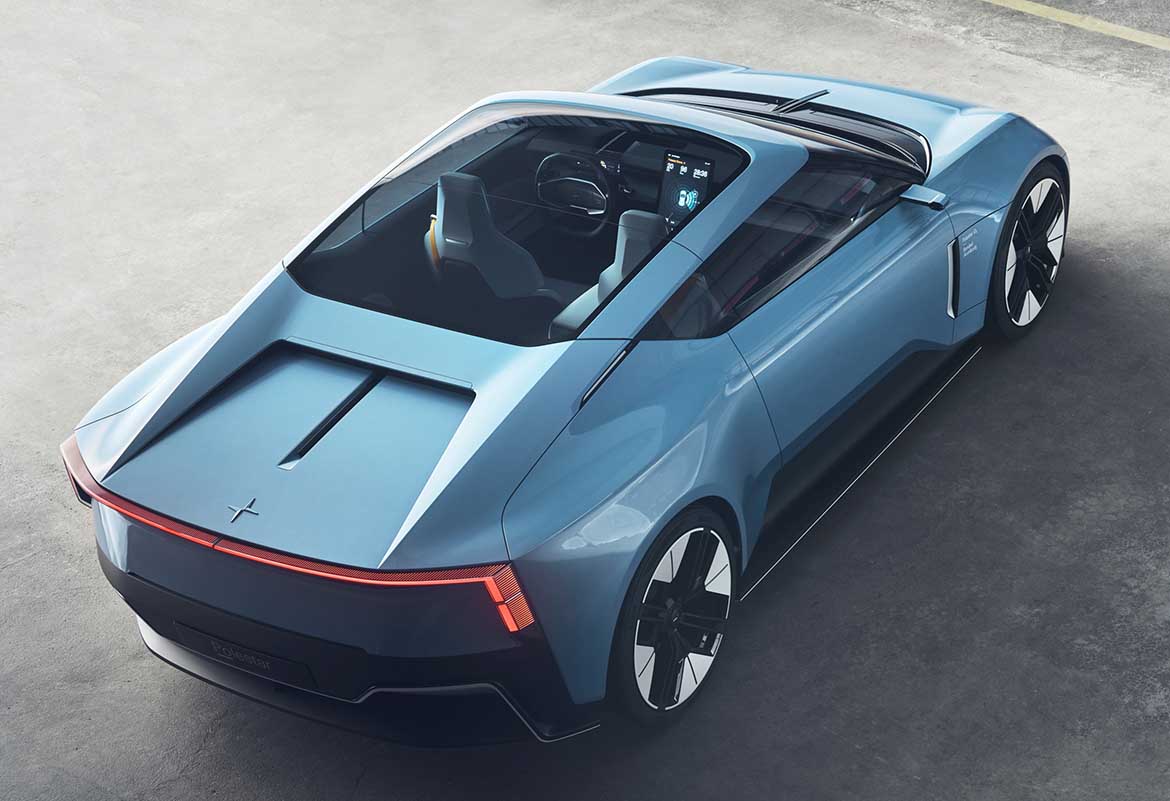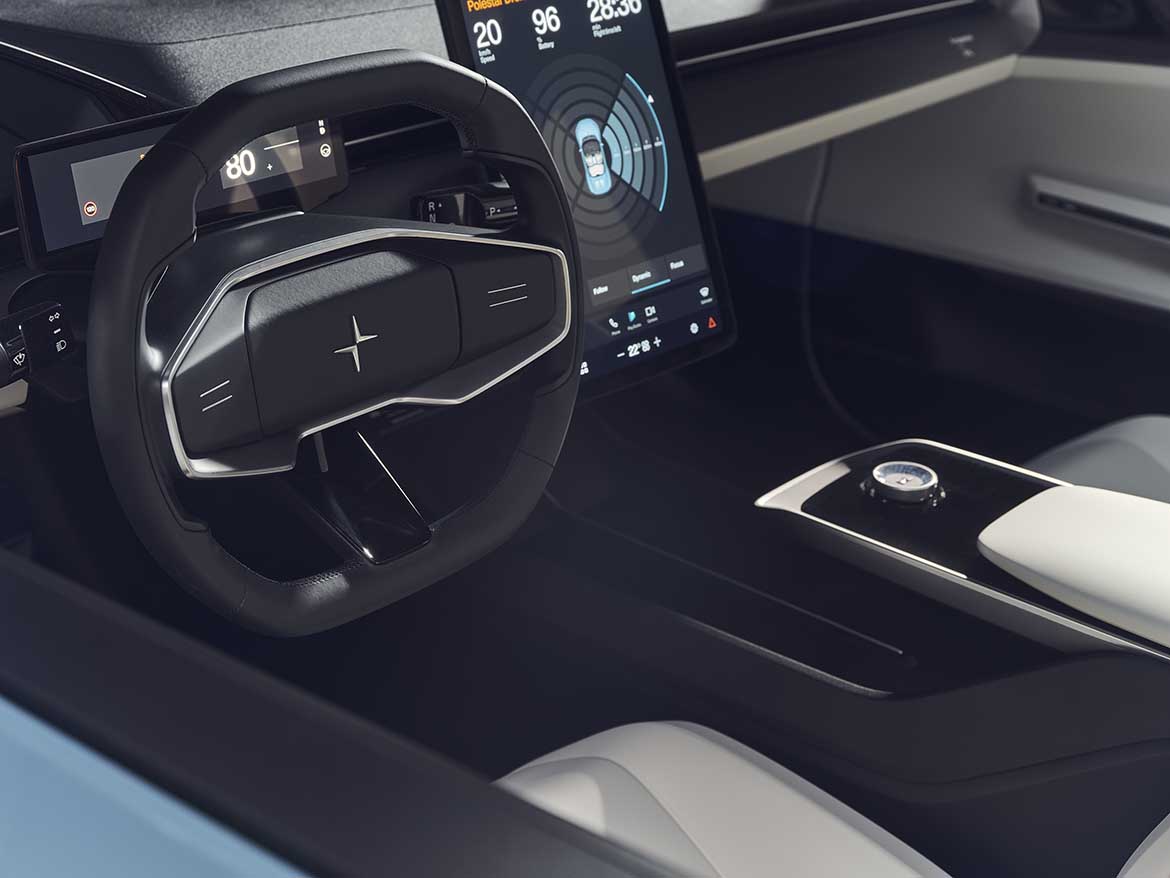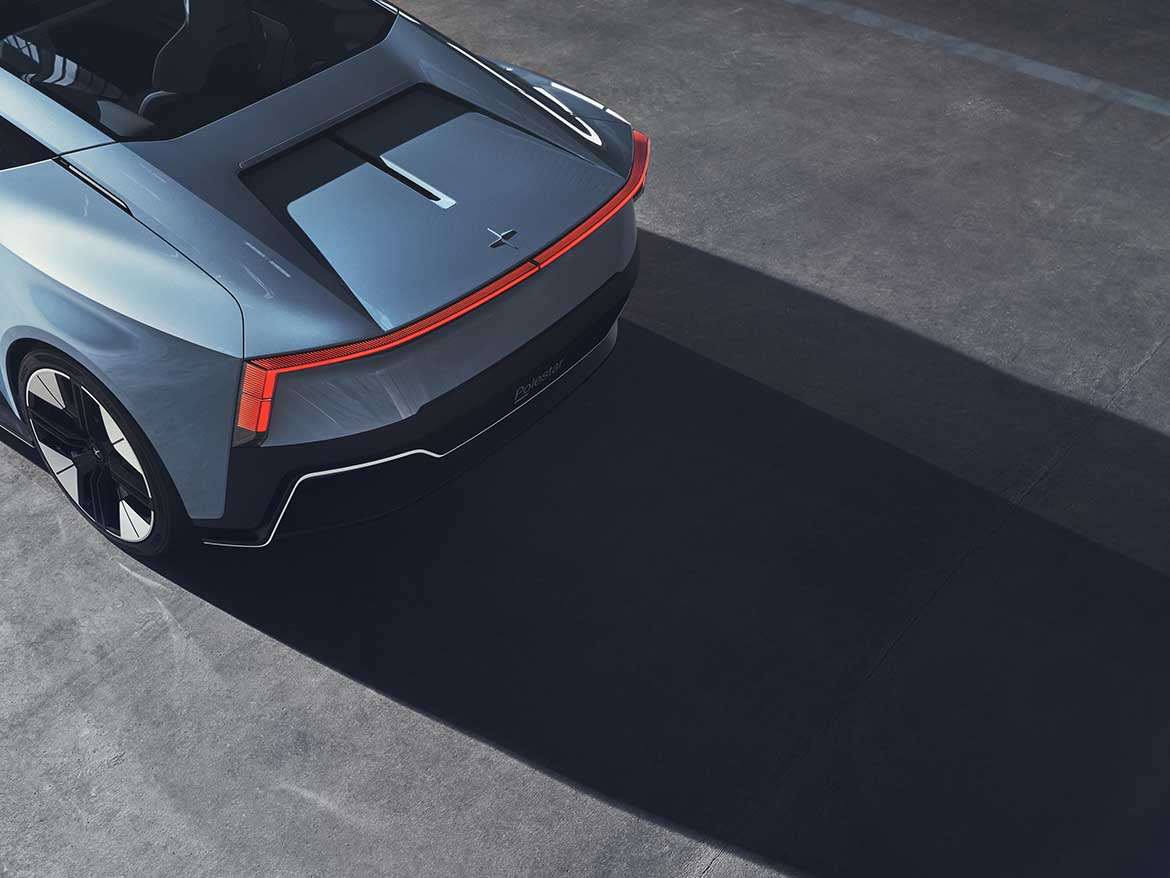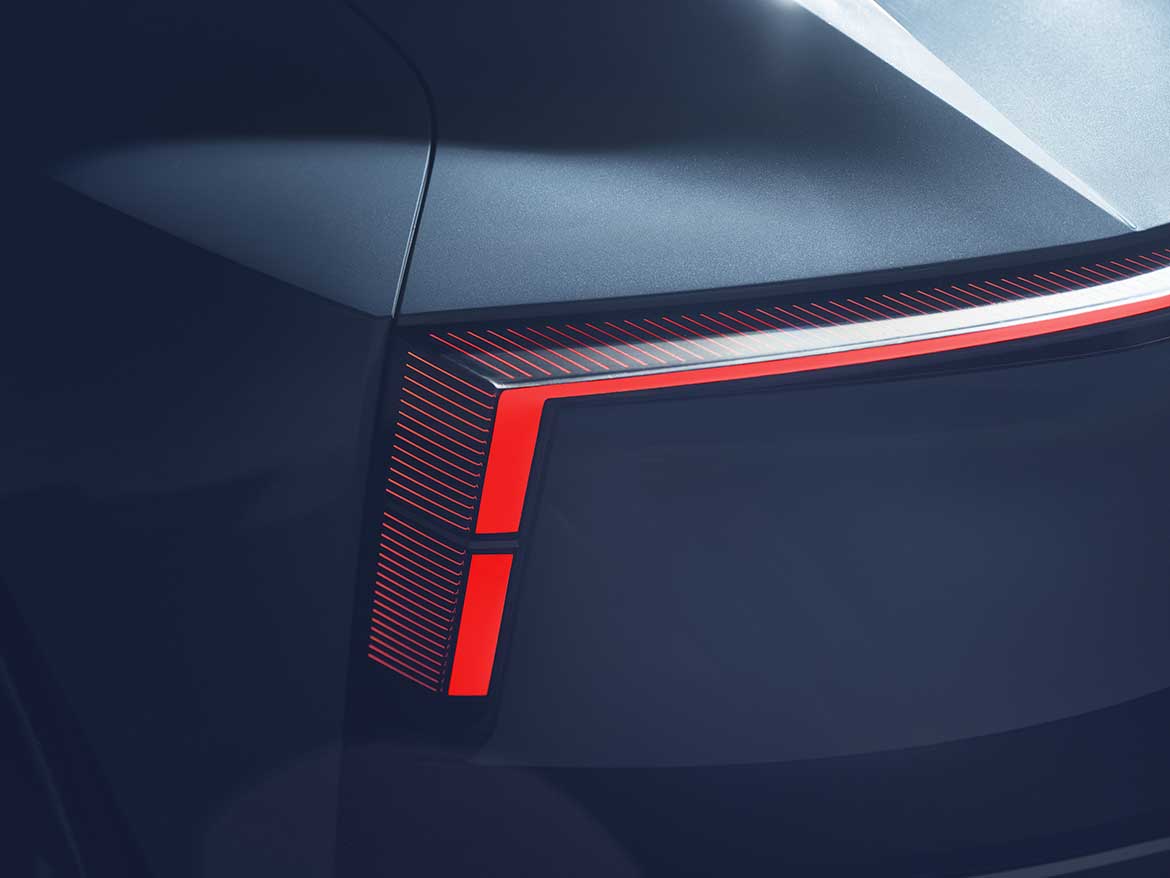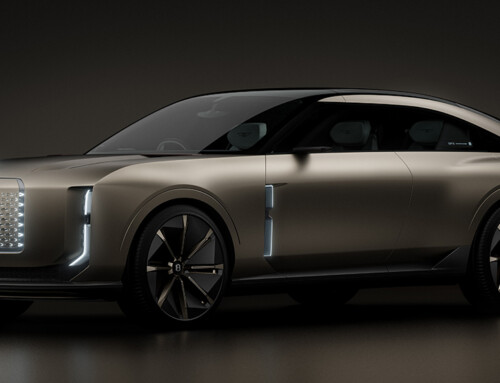Polestar presents O2, a high-performance electric roadster concept car that focuses on design and driving fun. “Polestar O2 is our brand’s hero car,” comments Thomas Ingenlath, CEO of Polestar. “A special car that shows a glimpse of what we can design and engineer here at Polestar. The O2 looks incredible: the feeling of traveling with the roof down without hearing the engine noise is truly unique and causes new emotions.”
The O2 recalls the stylistic canons inaugurated by the Precept, but has its own distinct character. The low and wide bodywork has a decisive look, while the passenger compartment in a 2+2 configuration is inserted in a rather long wheelbase with minimal overhangs, given the compactness of the technical elements of the electric motor. “This car is a meeting point between technology and art, between precision and sculpture, and shows a decisive but not aggressive attitude,” continues Maximilian Missoni, head of Polestar design.
The design team also worked extensively on the vehicle’s aerodynamics, a key aspect especially when it comes to electric cars and one that affects not only performance, but also the vehicle’s range. The air ducts have been integrated into the front end, and the design of the rims encourages better flow towards the rear, where it meets the headlights that act as air blades to reduce turbulence.
For the sustainability chapter, the designers made the car using materials that can be recycled without losing their quality characteristics. Recycled polyester is the only material used for all the soft components in the interior, making it easy to recycle when the car reaches the end of its life. The car takes advantage of an aluminum platform made by Polestar in Coventry, UK, and shared with the Polestar 5 debuting in 2024. The designers, infinem did not spare themselves with the elements for fun: behind the rear seats is a drone developed by the Aerofugia Group’s Hoco Flow brand capable of filming the car in motion up to a speed of 90 kilometers per hour. “Integrating an autonomous drone into the cabin was something that allowed us to push the boundaries on the innovation front,” concludes Maximillian Missoni.



